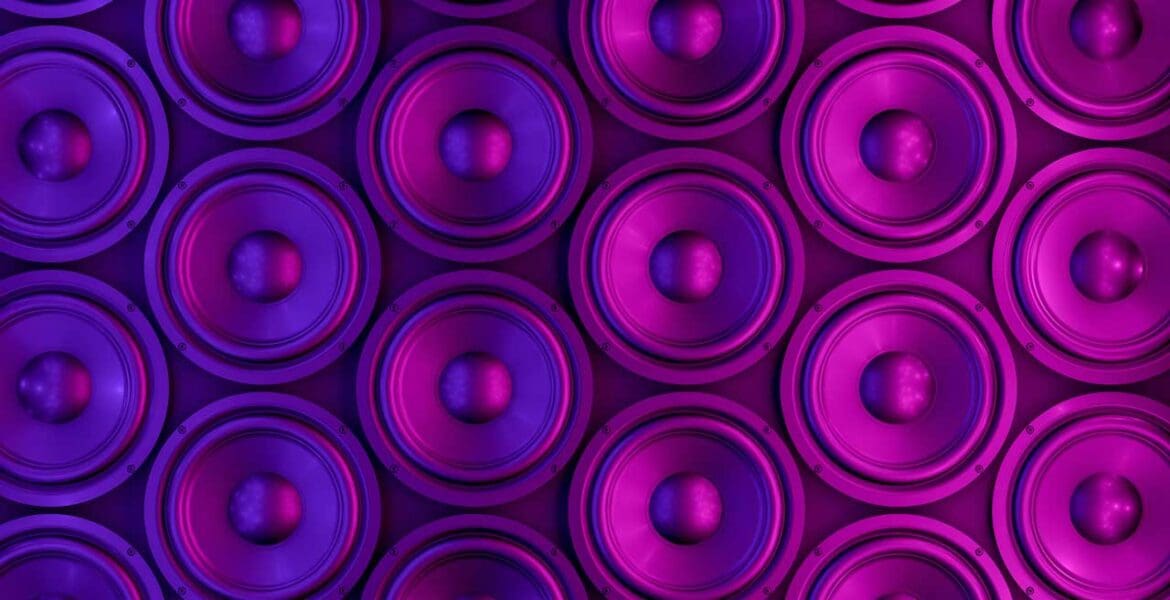By Scott Klass | SVP – Marketing, Veritonic
As podcast listenership continues to skyrocket, marketers are allocating a greater portion of their media budgets to this increasingly popular medium. Today, advertisers are spending more on podcast advertising than ever before. According to PricewaterhouseCoopers, marketers spent $800 million on podcast ads in 2020, and that figure is set to more than double to $1.7 billion by 2024.
Amid this massive growth in the podcast market, what’s interesting is that the majority of podcast ads still rely on basic host-read executions. However, with podcast inventory on the rise, brands and their agencies want to answer one seemingly simple question: which podcast advertising format is most effective?
The conventional answer is host-read ads, such as Dax Shepard plugging away for Sleep Number Beds or SquareSpace and offering a custom discount code before hopping into a conversation with Matt Damon or Barack Obama. No doubt, this premium execution boasts a number of obvious benefits. Hosts create a powerful sense of intimacy and engagement with a brand, and in some instances, brands can piggyback on the credibility of their favorite hosts and podcast personalities.
However, advertisers should not assume that this option always delivers the best bang for their media dollar. Host-read ads require brands to give up a certain degree of control when it comes to a host’s voice, intonation and delivery. Likewise, in an era when trust and authenticity are of vital importance, even a subtle misstep in tone or misalignment in the message can open up brands (and the podcast hosts themselves) to listener scrutiny.
Obviously, dismissing host-read ads for produced ads, or vice-versa isn’t the answer. Rather, it highlights the importance of thorough testing and measurement of the effectiveness of a brand’s ads across a variety of formats, to ensure that investments are wisely made.
Produced ads offer marketers an added layer of control and message consistency, enabling brands to associate certain music, sounds, tones and voices with their brands. This is more critical than ever in an era where sonic branding and audio logo consistency is becoming a more fundamental way for brands to connect with consumers. The freedom to fine-tune ad creative in myriad ways breeds opportunity, and it can drive better. audio campaign performance.
When it comes right down to it, brands can’t assume host-read ads will be worth the premium they command. It all comes down to proper measurement and ROI calculation. Ultimately, many brands might find that less expensive ad formats can deliver superior results, along with a higher degree of control and better measurability.
All ad creative—whether it’s a simple scripted host voiceover or a highly produced audio spot—needs to be measured comprehensively for brands to truly know what resonates with their customers. The winning format might be simply a friendly and familiar voice that lends a degree of comfort and credibility to their sponsor. But more often than you think, it might be a pre-recorded production featuring carefully thought-out audio branding cues.






